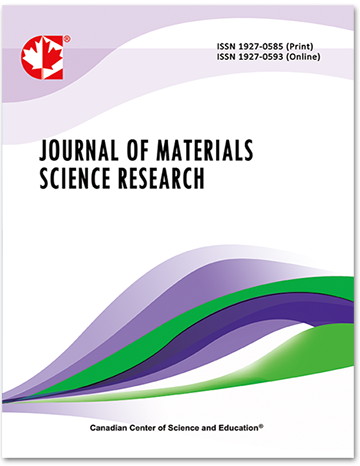Research of Properties and Structure of Boron-modified Roll-foundry Iron
- K. N. Vdovin
- A. A. Zaitseva
- N. A. Feoktistov
Abstract
The aim of the research is to determine the properties and the structure of boron-alloyed iron used for rolls production. It was found that boron can form different carbides in iron, which significantly improve both hardenability and microhardness. Iron borides Fe3(B,C) are also formed in cast iron as only 40% of carbon atoms in cementite matrix can be replaced by boron. Besides, boron influences the temperatures of structural constituents decomposition (increases the rate of cementite decomposition), it also decreases the temperatures of developing phase transformations. The research group determined the kinetics of martensite decomposition, which is formed when chilled cast iron is poured into a metal mold and then undergoes thermal treatment to the temperature of 400 °C. In the temperature range of 210 – 400 °C the main process is decomposition of the retained austenite into bainite, while in the temperature range of 400 – 500 °C, the main process is decomposition of martensite and forming a ferrite-cementite mixture. In order to get the necessary properties of the roll face, it is necessary to provide its thermal treatment (tempering), when it is heated to the temperature of 400 °C to avoid martensite decomposition, because otherwise in the process of roll operation it can result in crack formation.
- Full Text:
 PDF
PDF
- DOI:10.5539/jmsr.v5n2p88
Journal Metrics
Impact Factor 2022 (by WJCI): 0.583
Google-based Impact Factor (2021): 0.52
h-index (December 2021): 22
i10-index (December 2021): 74
h5-index (December 2021): N/A
h5-median (December 2021): N/A
Index
- CAS (American Chemical Society)
- CNKI Scholar
- Elektronische Zeitschriftenbibliothek (EZB)
- EuroPub Database
- Excellence in Research for Australia (ERA)
- Google Scholar
- Infotrieve
- JournalTOCs
- LOCKSS
- NewJour
- PKP Open Archives Harvester
- Qualis/CAPES
- SHERPA/RoMEO
- Standard Periodical Directory
- Universe Digital Library
- WJCI Report
- WorldCat
Contact
- John MartinEditorial Assistant
- jmsr@ccsenet.org
